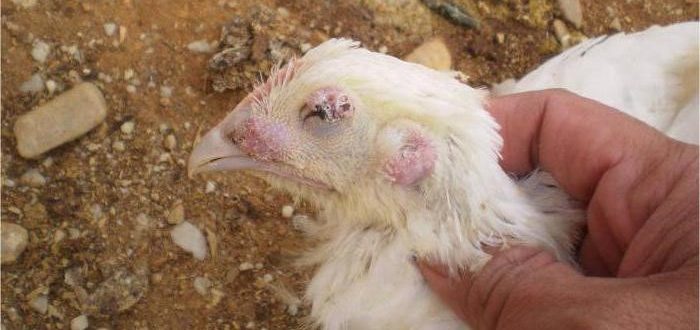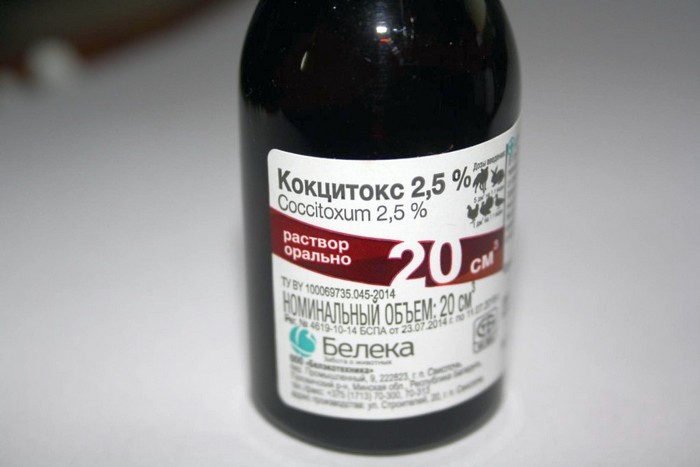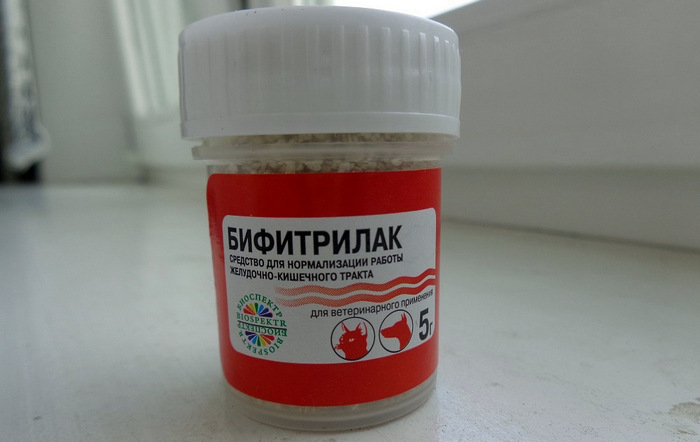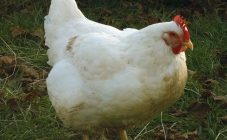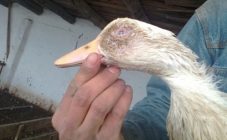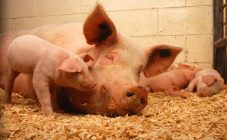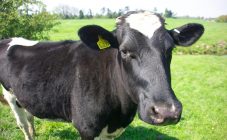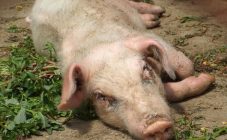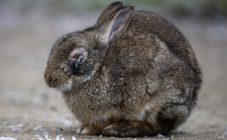Content:
Coccidiosis of turkey poults (eimeriosis) is one of the most dangerous infectious diseases of juveniles of this bird species at the age of 1-3 weeks. If you do not start emergency treatment in time, then the disease takes on the dimensions of an epidemic, half of the chicks may die, thereby causing considerable losses to the owner of the courtyard.
This article will discuss the symptoms and effective treatment of coccidiosis in turkeys, as well as preventive measures to prevent infection of the bird with this dangerous disease.
Pathogen and sources of infection
The main causative agent of this dangerous disease in turkey poults is the unicellular protozoan parasite of the Coccidium class Eimeria meleagrimitis. The bird becomes infected with this disease by entering the small intestine with food, water or poor-quality food of the oocysts of the parasite with sporozoites located inside them - the main parasitic stage of the pathogen.
Since this microorganism has developed a high ability to reproduce rapidly over a long history of evolution, the absence of treatment and the presence of certain conditions will lead to the formation of a new oocyst inside the bird's body and excreted with feces, thereby infecting the soil and litter of the poultry house where the turkeys are kept. It is difficult to cure the disease at this advanced stage even with the help of antibiotics and other drugs. Therefore, coccidiosis should be timely detected and treated at its first manifestations.
Symptoms
The symptomatic period in mature turkeys is imperceptible and sluggish, the body is able to defeat the disease. Fragile turkey poults may die.
The greatest likelihood of coccidiosis in turkey poults occurs at three weeks of age. When turkey poults are infected with coccidiosis, the main symptoms are:
- Decreased appetite or complete refusal to feed;
- Significant increase in water consumption;
- Lethargy and lack of confidence in movement;
- Hanging and limp wings;
- Eyes half-closed during the day;
- Unkempt and disheveled feathers.
The appearance in turkey poults of hemorrhagic inflammation, diarrhea, liquid droppings of a dark green color with blood are sure signs of a neglected form of coccidiosis.
Drugs for the treatment of coccidiosis
When the first signs of infection are detected, infected turkey poults are moved to a separate compartment and treated with the following anticoccidial drugs:
- "Baycox" - 1 ml of the drug is dissolved in 1 liter of water. The course of treatment is 5 days. The drug can be combined with all drugs and feed additives.
- "Koktsidin" - the drug is mixed with the daily amount of dry food at the rate of 2.5 g / kg of live weight, which the turkey currently has. The course of treatment, depending on the degree of neglect and the severity of the course of the disease, ranges from 3 to 4-5 days.Also, this drug can be used for the prevention of coccidiosis at a dose of 1.25 g / kg of live weight of a bird for 2-5 days.
- Eimeterm - 1 ml of the drug is dissolved in 1 liter of drinking water. The resulting solution is fed to the chicks for 2 days.
- "Solikox" - turkeys are given a solution prepared at the rate of 2 ml per 1 liter of water. The period of drug treatment is 5 days.
- "Amprolium" - for the treatment of coccidiosis, the drug is mixed with the feed mixture at the rate of 0.25 g per kg of feed. The duration of treatment is 5-7 days.
- "Stop coccid for turkey poults" - 1 ml of the drug is dissolved in 1 liter of water, the chicks are soldered with the solution for 5 days.
- "Koktsitoks" - according to the instructions for use Coccitox for the treatment of coccidosis turkey poults are dissolved in clean drinking water used for drinking poultry for 48 hours in a ratio of 1: 1000 (1 liter per 1 ton of drinking water) or in a ratio of 3: 1000 (3 liters per 1 a ton of drinking water), the bird is fed with this solution for 8 hours for 2 days in a row. With a severe course of the disease, the course of treatment in the same doses is repeated after 5 days.
Often, with advanced forms, sulfonamides with a wide spectrum of action are used. One of the most common and effective drugs in this group is "Sulfadimethoxin". If you use Sulfadimethoxin for turkey poults, the dosage for daily intake is determined at the rate of 0.02 g per 1 kg of bird weight for the first 1-2 days, the following days - 0.01 g per 1 kg of body weight. This potent drug is diluted according to the instructions and added to the feed. The course of treatment for an advanced form of coccidiosis with Sulfadimethoxin lasts 5 days.
Consequences of coccidiosis treatment
After treatment of coccidiosis in turkeys, the manifestation of disorders of the gastrointestinal tract (dysbiosis) is often observed, and the liver also suffers.
In order for the bird's body to fully recover from the disease, probiotics such as Vetom, Bifitrilak, and Kolibakterin are introduced into the diet.
Prevention
To protect the livestock from insidious coccidiosis, the following preventive measures are taken:
- Timely vaccination of chicks against coccidiosis, observance of the veterinarian's recommendations for keeping and caring for poultry;
- Balanced composition of the diet;
- Adding coccidiostatics to feed (for example, "Coccidin", "Diakox", "Koksitsana", etc.)
- Feeding young animals with compound feeds containing coccidiostatics;
- The use of premixes in the diet (Avatek, Tsigro, Nikarmix), which inhibit eimeria oocysts that accidentally enter the feed.
Also, for the prevention of the occurrence of foci of the disease, it is important to comply with the following requirements for the conditions of keeping turkeys:
- Prevent accumulation of dirt in the poultry house, high humidity, drafts.
- The litter is constantly changed.
- The feeders are filled with fresh feed, rotten residues are removed.
- Drinking water should be fresh and clean.
In wet, rainy and warm weather, these requirements must be met especially carefully, since there is a lot of mud, puddles, water around, which can become a source of infection of the livestock with parasite oocysts. It was at this time that experts advise adding anti-coccidial preparations to bird feed.
When poultry are sick, they want to be cured and saved as soon as possible. But this is not easy to do, since it takes experience, knowledge, funds and patience.However, the result of such work and effort will be a healthy and well-nourished turkey, whose tasty and juicy meat is perfect for both daily consumption and for a festive table.
